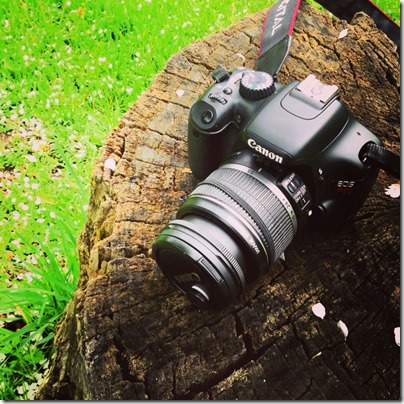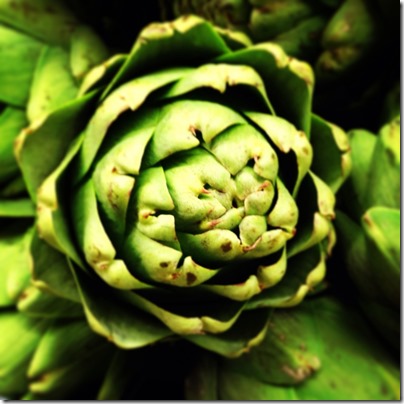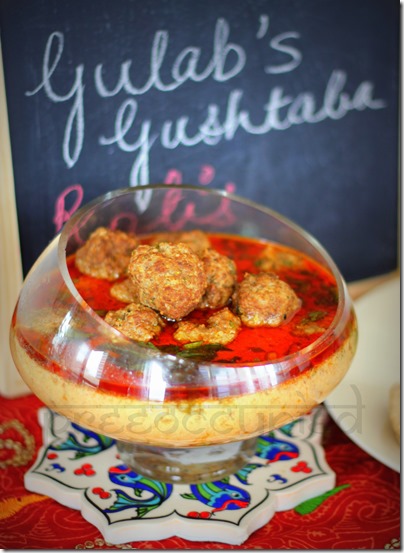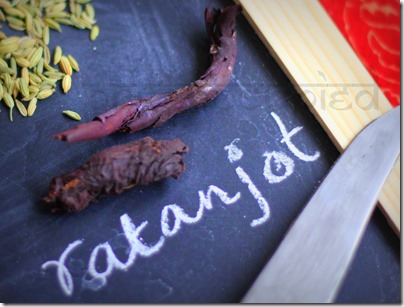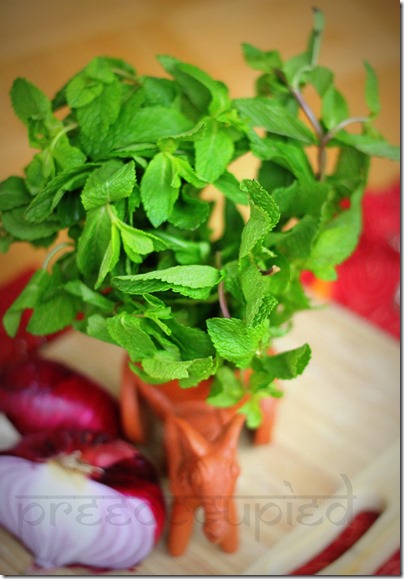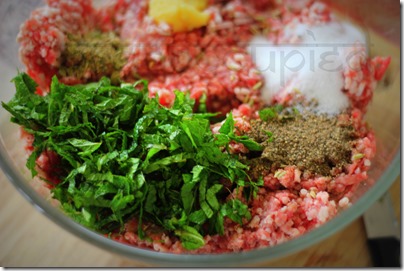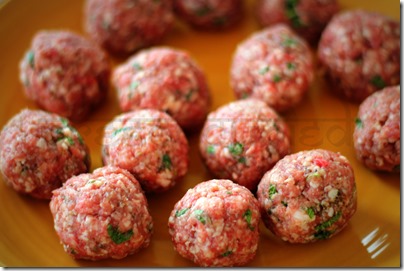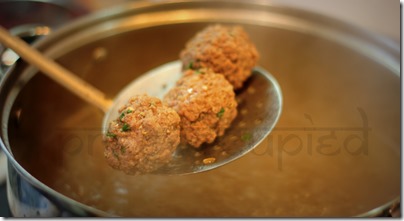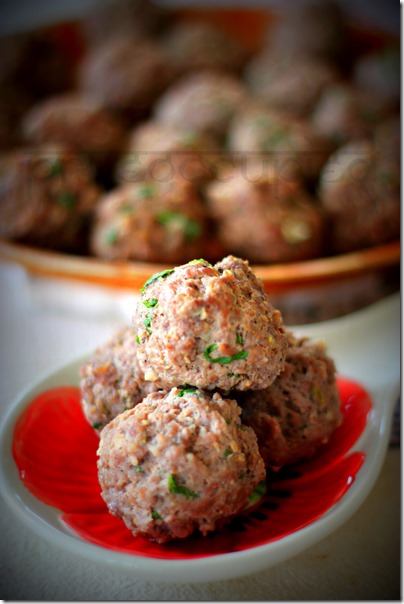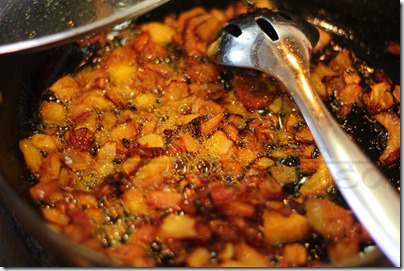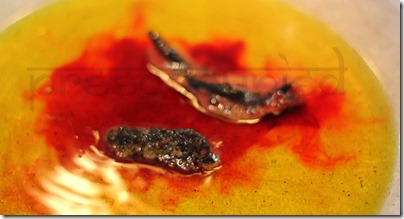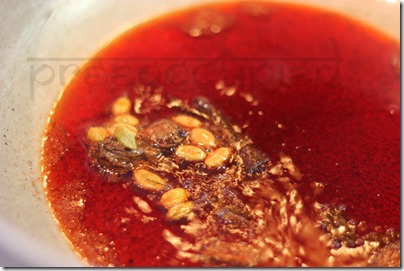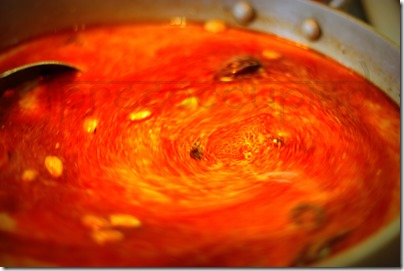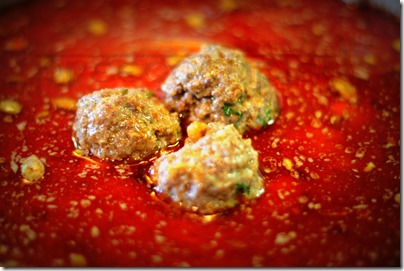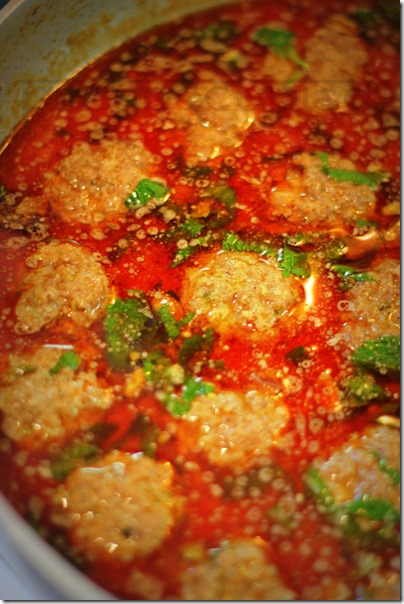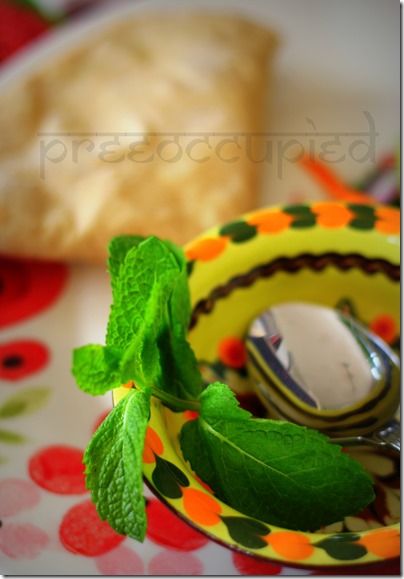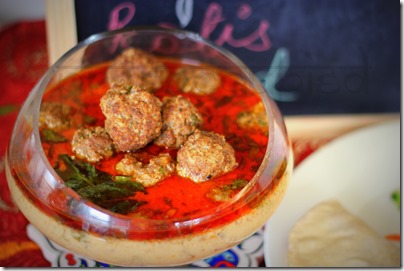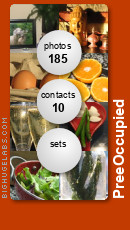I love my chingri. And I love my camera. But there are days that even my iPhone can take award-winning pictures! Especially the nights no one wants to wait for a food photo set up and all that drama of an elaborate spread at the dinner table.
And Instagram? That makes phone photos look even better. I am an avid Instagrammer. In my mind, all my photographs are prize-winning. Including the lame artichoke picture I took one day while buying groceries at Bloor Street Market. But artichokes don’t make chingri’r bora. Pink, juicy, shrimps do!
Now these chingri boras are very deceptive in nature. You might get tempted to gobble them all up when they come out golden and crispy from the wok while you are frying in more. Or you may just behave and exercise that wavering self-control and serve these beautifully, hand-crafted shrimp fritters to the ones you love. I promise they will love you back.
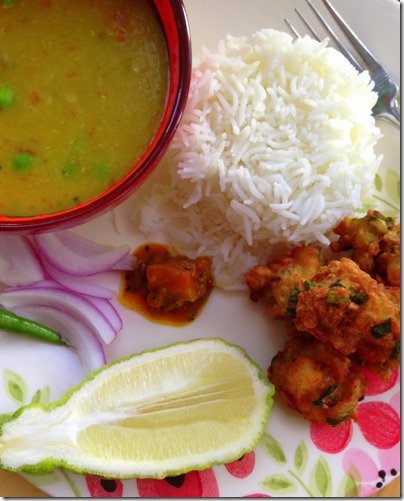
Ingredients for Shrimply Hot and Spicy Chingri Maacher Bora are:
500 grams largish shrimps, deveined, de-shelled and cleaned (I used tiger shrimps)
1 medium size red onion very finely chopped
Handful of green chilies very finely chopped
Two inch piece of fresh ginger very finely chopped
7-8 fat cloves of garlic very finely chopped/minced
Handful of fresh coriander very finely chopped
2-3 tablespoons besan
4-5 tablespoons rice flour
1 egg
Salt
Mustard /canola oil for deep frying
Start by cutting very small pieces (something in between mincing and chopping) of the cleaned shrimps. In a large bowl, add all the ingredients (except the oil!) and pound together. I did not add any water, since my shrimps were frozen and thawed, which meant they had a lot of moisture in them.
Growing up, I saw Mum pulverize her kucho chingri in the food processor or have the help grind it coarsely on the sheel nora for her chingrir bora. But you can work with my method as well if you don’t mind getting a little messy on the chopping board.

Make tiny balls of the shrimp mixture and deep fry in hot oil.
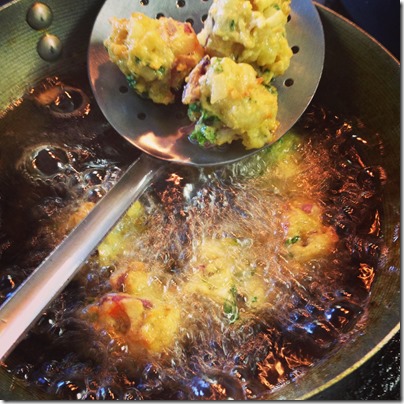
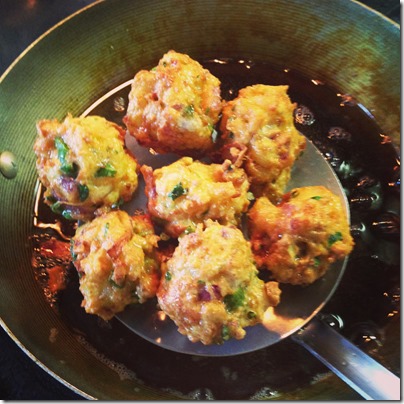 Make sure you have the oil really hot and then reduce the heat to medium while the boras are frying. This way they will cook through and you won’t end up with raw insides smelling of raw shrimps!
Make sure you have the oil really hot and then reduce the heat to medium while the boras are frying. This way they will cook through and you won’t end up with raw insides smelling of raw shrimps!
Fry the shrimp fritters in small batches till they are lightly browned. Remove with a slotted spoon and drain excess oil on paper towels.

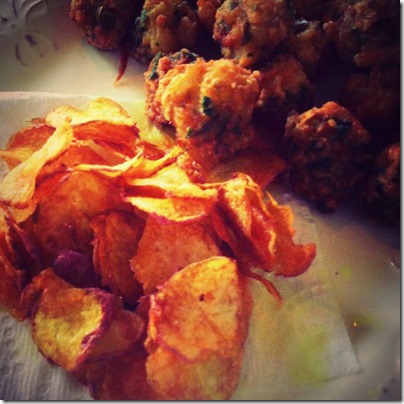
Serve with rice, mushurir dal, kurkure alu bhaja and salad or pass a try full of these chingrir boras with your favorite cocktails. You will definitely have people asking you for the recipe.
P.S. The pictures in the post are all from my iPhone. It was convenient because we were so hungry. Not because I have single digit IQ and can’t handle a camera.

